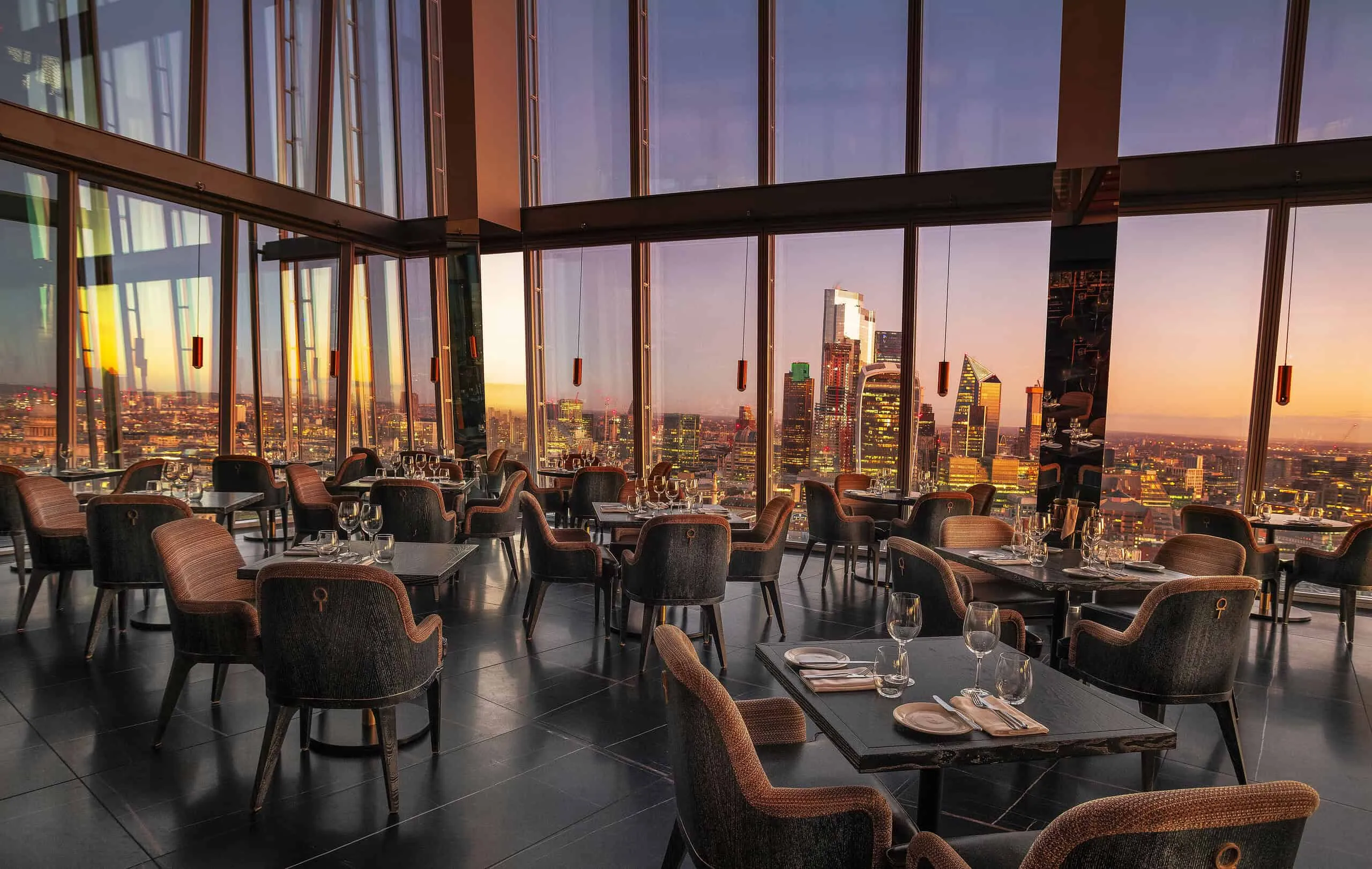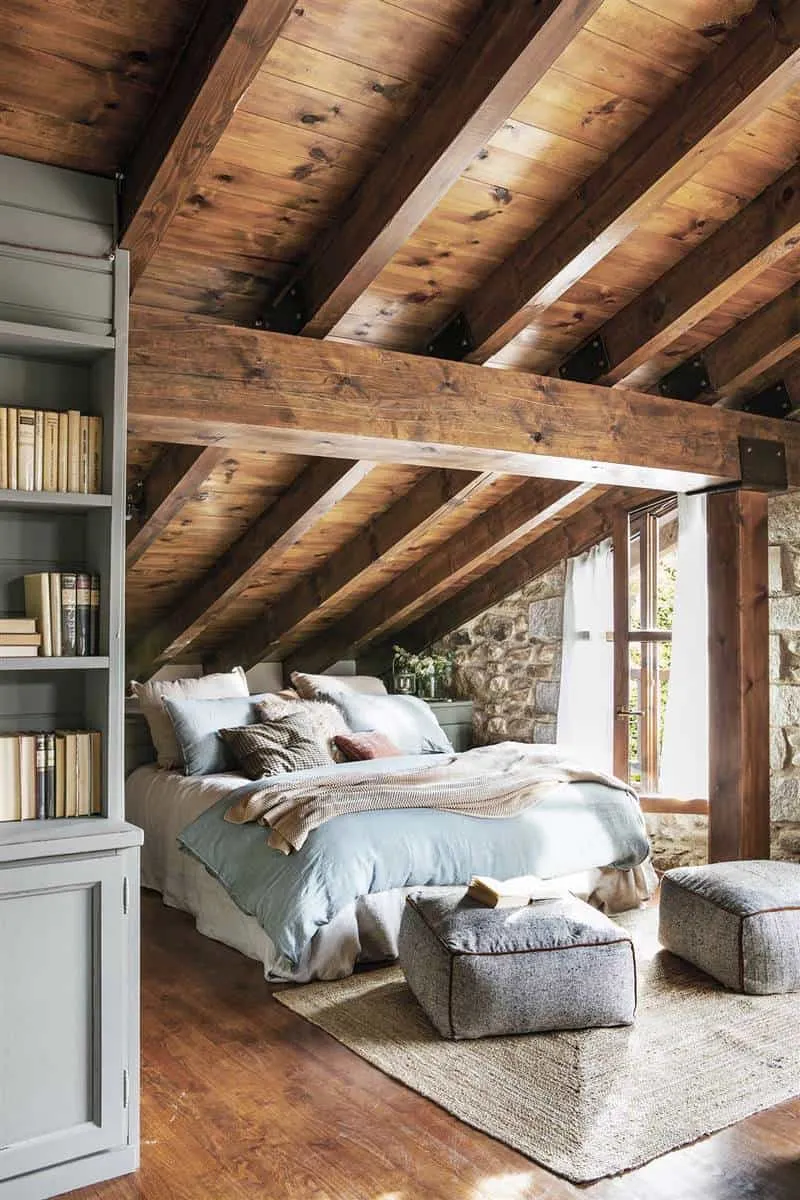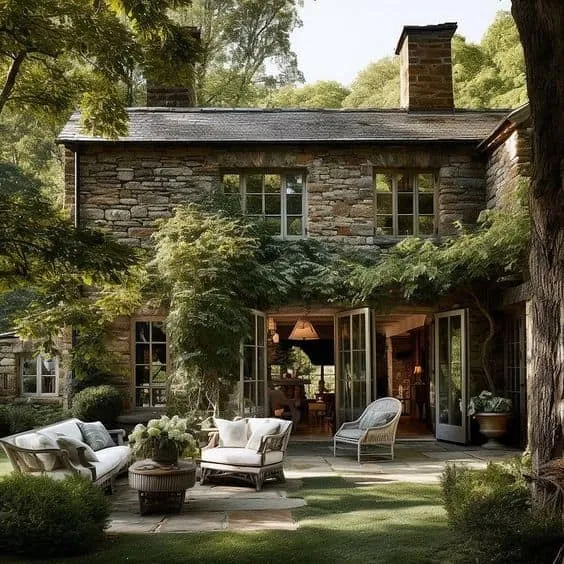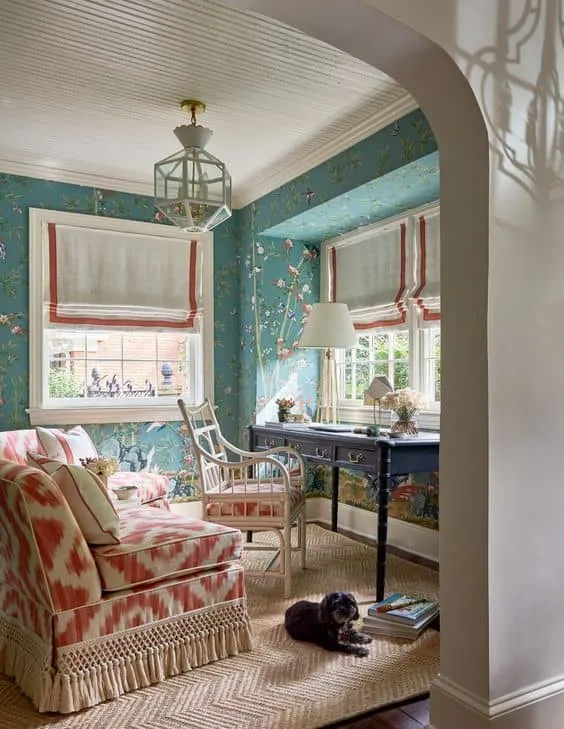There can be your advertisement
300x150
Key Considerations for Designing Luxury Restaurants and Cafes
Creating the design of a luxury restaurant or cafe requires a meticulous approach to detail, creativity, and deep understanding of the target audience. These spaces are not just places for dining but immersive experiences that leave lasting impressions on visitors.
A well-designed luxury restaurant or cafe combines aesthetics, functionality, and atmosphere, creating a space that is both cozy and unforgettable. In this article, we will explore the key aspects of designing luxury restaurants and cafes, as well as how these elements influence their success.

1. Create a Memorable First Impression
The first impression of a luxury restaurant or cafe begins with the design of its exterior and entrance. This is the moment when visitors decide to enter, so it's important to invest in an attractive facade. Commercial interior design services are vital for creating these first impressions, using elements such as majestic doors, elegant signage, and thoughtfully designed outdoor seating areas to set the tone of what clients can expect inside.
The entrance should smoothly transition into the interior, maintaining a feeling of luxury and exclusivity. Designers often use materials such as marble, glass, or high-quality wood to create a cozy and elegant atmosphere. Lighting also plays an important role in creating a warm and welcoming environment, for example, pendant or recessed lights add depth and character to the space.
Besides aesthetics, the layout of the entrance must ensure convenient movement. For example, clear paths to the reception counter or seating area help manage visitor flow effectively. Creating an impressive and functional entrance sets the foundation for an exceptional restaurant.
2. Design for Comfort and Atmosphere
Comfort and atmosphere are at the core of designing luxury restaurants and cafes. Customers visit these places not only for food and drinks but also for an experience. To achieve this, designers must carefully balance seating arrangements, lighting, acoustics, and décor to create a space that feels comfortable and luxurious.
Seating placement should consider various group sizes while maintaining privacy and intimacy. For example, plush bar stools can offer a cozy option for couples, whereas larger tables suit groups without feeling overcrowded. The choice of furniture, including ergonomic chairs and high-quality upholstery, ensures a relaxed dining experience for guests.
Lighting is also an important element in creating the right atmosphere. Luxurious spaces often use layered lighting, including ambient, task, and accent lighting. For instance, dimmed ceiling lights create a calming atmosphere, while table lamps or candles add romance. Designers also consider window placement to maximize natural light during the day and enhance the overall experience.
Acoustics play a significant role in ensuring quiet conversation without excessive noise. Designers incorporate sound-absorbing materials, such as acoustic panels or plush fabrics, to create a quieter atmosphere. Combined with carefully selected musical compositions, these elements enhance the sensory experience of the space.
3. Choose High-Quality Materials and Finishes
The selection of materials and finishes is a defining factor in the design of luxury restaurants and cafes. High-quality materials not only enhance the visual perception of the space but also contribute to its durability and longevity. Designers often choose premium materials such as natural stone, polished metals, and rich wood to create a luxurious yet timeless aesthetic.
For floors, one can opt for marble or wooden flooring to add grandeur, while individual ceramic tiles may provide a unique artistic accent. Wall treatments such as textured wallpaper, decorative panels, or Venetian plaster elevate the overall ambiance and add depth to the design. The use of mirrors or glass elements can create an illusion of space, making the area feel more open and cozy.
Finishes such as matte bronze, matte black, or antique gold add an elegant touch to fixtures and accessories. These finishes are often used for lighting fixtures, door handles, and furniture accents, unifying the design as a whole. By selecting materials and finishes that exude luxury, designers create spaces that leave lasting impressions on visitors.
4. Integrate Functional and Innovative Layouts
Functionality is critically important when designing luxury restaurants and cafes. The layout must optimize movement for both guests and staff, ensuring a seamless experience. Designers carefully plan seating areas, service zones, and walkways to minimize congestion and ensure efficient operations.
For example, kitchens and service areas should be strategically located to facilitate quick and unobtrusive food and beverage delivery. Walkways must be wide enough to allow staff to move without disrupting guest comfort. In open kitchen concepts, designers often create visually appealing partitions or counters that allow guests to observe the cooking process without sacrificing functionality.
Innovative layouts such as multi-level dining zones or private dining rooms add a sense of exclusivity to the space. Outdoor relaxation areas equipped with comfortable furniture and heating options provide additional flexibility and enhance overall appeal. By combining functionality with innovative design, luxury restaurants and cafes can create unique and unforgettable experiences for their customers.
5. Shape a Unique Brand Identity
The design of luxury restaurants and cafes goes beyond aesthetics and functionality; it plays a crucial role in shaping and strengthening brand identity. The design should reflect the restaurant's concept, values, and target audience. For example, a fine dining establishment might focus on creating an atmosphere of elegance and exclusivity, while a luxury cafe may emphasize a cozy and artistic ambiance.
Designers collaborate with branding experts to integrate visual elements such as logos, color schemes, and distinctive decorative features.
For instance, a Mediterranean cuisine restaurant may use earthy tones, mosaic tiles, and olive tree motifs to create a cohesive brand. These design choices ensure that visitors can immediately associate the space with the brand, forming loyalty and recognition.
6. Integrate Technology and Innovation
Incorporating technology into the design of luxury restaurants and cafes enhances both customer experience and operational efficiency. From automated lighting and climate control systems to digital ordering platforms and interactive displays, technology adds a modern touch to the space.
For example, contactless payment systems and app-based reservations simplify operations, while interactive wine displays or digital art installations create engaging experiences for guests.
Technology can also be used to create personalized experiences. For instance, smart tables with built-in screens allow guests to browse the menu, place orders, and even adjust lighting at their table. These innovations not only enhance the dining experience but also make restaurants or cafes cutting-edge and customer-focused establishments.
Conclusion
Designing a luxury restaurant or cafe requires a delicate balance between aesthetics, functionality, and brand identity. By focusing on creating memorable first impressions, ensuring comfort and atmosphere, choosing high-quality materials, integrating innovative layouts and technologies, designers can transform these spaces into exceptional dining destinations. The result is a place that not only delights visitors but also paves the way for long-term success in the competitive hospitality industry.
More articles:
 Welcome Mountain Thermal Capacity in Your Home with Rustic Decoration
Welcome Mountain Thermal Capacity in Your Home with Rustic Decoration Welcoming Sun in Decor with a Yellow Sofa
Welcoming Sun in Decor with a Yellow Sofa Incredibly Charming Cottage That Will Captivate You
Incredibly Charming Cottage That Will Captivate You Non-washable wallpapers for spring
Non-washable wallpapers for spring Should You Buy Home Warranty? Find Out Here
Should You Buy Home Warranty? Find Out Here Is It Worth Installing a Solar Water Heater?
Is It Worth Installing a Solar Water Heater? Is Office Fitting Right for You?
Is Office Fitting Right for You? Should You Buy or Build Your First Home?
Should You Buy or Build Your First Home?